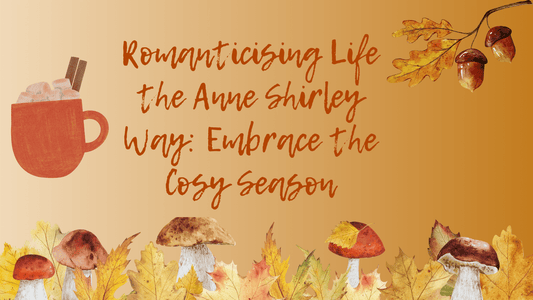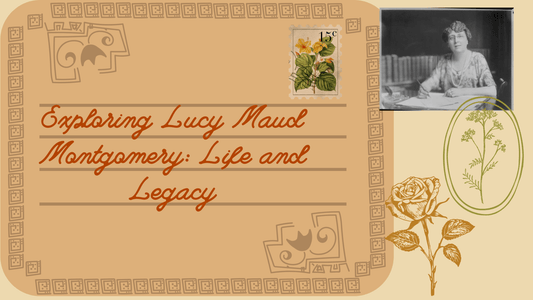Introduction to Pride and Prejudice and Chatsworth House
Few novels capture the imagination like Pride and Prejudice by Jane Austen. With its vivid characters, sharp wit, and timeless exploration of love, marriage, and society, the story has earned its place as one of the most celebrated works of British literature. One of the most memorable parts of the novel is the moment Elizabeth Bennet visits Mr. Darcy’s grand estate, Pemberley—a turning point in both the narrative and her feelings for him. And YOU can visit it!
In several adaptations of Pride and Prejudice, especially the 2005 film starring Keira Knightley and Matthew Macfadyen, the stately home of Chatsworth House in Derbyshire stands in for Pemberley. With its breathtaking architecture, landscaped gardens, and deep historical roots, Chatsworth brings Darcy’s world to life in a way that captivates audiences. My dream is to go watch Pride and Prejudice at one of their outdoor screen events.

I loved walking the grounds on a drizzly day...very ap. The connection between Pride and Prejudice and Chatsworth House is more than just visual. Many scholars believe Jane Austen may have visited Chatsworth herself, or at the very least used it as inspiration for Pemberley. How cool is that!? If only she could see the film now. In the novel, Elizabeth even mentions Chatsworth by name, suggesting a deliberate nod to the estate. For fans of Austen and lovers of English heritage, exploring Chatsworth House is like stepping into the pages of the novel. We visited last September and had the full tour. Easily one of my favourite literary trips so far.
This blog explores the rich history of Chatsworth House, its role in British culture, and how it became synonymous with one of literature’s most iconic settings...Darcy’s estate, Pemberley. Let's go!
The Historical Significance of Chatsworth House
Origins and Architectural Features
Ah, Chatsworth... one of the most admired stately homes in England. Located in the heart of Derbyshire’s Peak District, the estate has been the home of the Cavendish family, the Dukes of Devonshire, since the 16th century. The original house was built in the 1550s by Sir William Cavendish and his wife, Bess of Hardwick; one of the wealthiest women in Tudor England.
The house actually underwent major renovations in the late 17th and 18th centuries, reflecting the tastes of the time. Designed with Baroque and later Classical influences, Chatsworth features a grand façade, intricate interior detailing, and rooms filled with fine art, sculptures, and historical artefacts. The Painted Hall, the State Apartments, and the Library are just a few highlights of its opulent interior.
Outside, the house is framed by extensive landscaped gardens designed by Capability Brown and later Joseph Paxton, who also built the famous glass conservatory. Waterfalls, mazes, rockeries, and walking trails make the gardens as memorable as the house itself. ALSO...the gift shops and cafes are simply amazing and well worth a visit.
Chatsworth's blend of natural beauty and refined design has helped it stand out as a symbol of British aristocratic life, and the perfect visual match for Darcy’s estate in Pride and Prejudice. I don't think they could have picked a better location and I do love their subtle nod to the novel itself.
The Role of Chatsworth in British History
Chatsworth House has not only architectural significance but also political and cultural importance. It has hosted royalty, politicians, writers, and artists over the centuries. Queen Victoria visited as a young princess, and the estate was considered a model of aristocratic life during the Georgian and Victorian periods.
The Cavendish family played key roles in British politics, with several family members serving as MPs and influential figures in the Whig party. Chatsworth also became a center for Enlightenment thought and culture, collecting works of art and rare books, and attracting visitors from across Europe.
During World War II, Chatsworth was temporarily repurposed as a school for girls evacuated from London, reflecting its continued adaptability and importance in times of crisis. This is hands down my favourite fact about Chatsworth!
Its enduring presence in British history makes it a fitting choice for representing the fictional but similarly grand estate of Pemberley in Austen’s work.
Pride and Prejudice: The Connection to Chatsworth House
Representing Pemberley in the Film Adaptations
In the 2005 film adaptation of Pride and Prejudice, Chatsworth House was used as the setting for Pemberley, Mr. Darcy’s home. The film includes a memorable scene where Elizabeth Bennet walks through the estate’s sculpture gallery, admiring its beauty while reflecting on her shifting feelings toward Darcy.

The visual grandeur of Chatsworth perfectly embodies the power, refinement, and emotional complexity associated with Darcy. The house and its grounds symbolise not only his wealth and status, but also his depth of character and ultimately, his capacity for growth and love.

By choosing Chatsworth, the filmmakers gave Austen’s descriptions of Pemberley a tangible, breathtaking representation. It helped root the story in a real and majestic place, deepening the connection between the audience and the characters.
Impact of the Location on the Story
The visit to Pemberley is a turning point in Pride and Prejudice. Elizabeth sees a different side of Darcy...not just through the physical beauty of his home, but through the kindness his staff shows and the admiration others have for him. The setting itself becomes part of the narrative, revealing more about Darcy than words alone could.
By walking the same paths as Elizabeth in the grounds of Chatsworth, modern visitors experience a moment that mirrors hers: surprise, admiration, and a new understanding. The house enhances the emotional depth of the story, turning it into a fully immersive literary experience.
Visiting Chatsworth House Today
Tourist Attractions and Activities
Chatsworth House is open to the public for most of the year and offers a wide range of attractions. Visitors can explore over 30 rooms, stroll through 105 acres of gardens, and enjoy views over the rolling Derbyshire countryside.
Highlights include the Sculpture Gallery (featured in the 2005 film), the lavish dining room, and the grand Painted Hall. The gardens are equally impressive, with a maze, cascade, and famous Emperor Fountain.
There are also shops, cafés, and farm shops on-site, making Chatsworth an all-day destination for history buffs, families, and Austen fans alike. We stayed in The Hunting Tower for the weekend overlooking the grounds and it was utterly stunning.

Events and Exhibitions Related to Austen
Chatsworth often hosts themed events, seasonal exhibitions, and literary festivals. Occasionally, special exhibits focus on Pride and Prejudice, including behind-the-scenes insights into the film production or displays highlighting Austen’s influence on popular culture.
Fans of the novel can look out for tours and experiences that highlight the house's connection to Pride and Prejudice, bringing the world of Jane Austen even closer. Like watching the film on the big screen in the gardens!
Chatsworth House is more than a beautiful estate—it's a cultural landmark that brings the world of Pride and Prejudice to life. Whether you're an admirer of British architecture, a lover of Jane Austen’s novels, or a fan of period dramas, a visit to Chatsworth offers a rare blend of literary history, artistic beauty, and natural wonder.
As the real-life inspiration and filming location for Pemberley, Darcy’s estate, Chatsworth holds a special place in the hearts of Austen fans around the world. Its history, elegance, and cinematic legacy make it a must-see destination for anyone exploring the world of Pride and Prejudice.
And if you’re as enchanted by the world of Pride and Prejudice as we are, why not bring a touch of Austen into your home? Our handmade wax melts are inspired by Jane Austen’s beloved novels and feature quotes from her most iconic lines—like Mr. Darcy’s unforgettable declaration: “You must allow me to tell you how ardently I admire and love you.” Each melt adds a warm, literary charm to your space—perfect for cosy reading days or gifts for book lovers.










